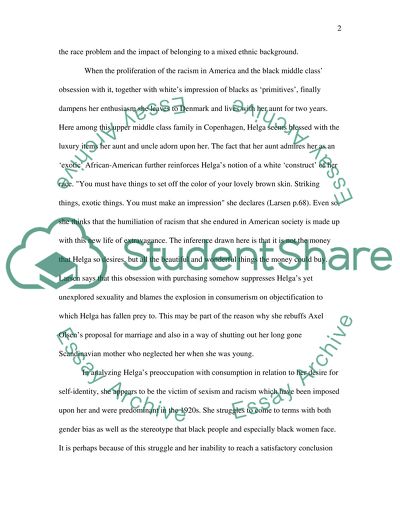Cite this document
(“Quicksand by Nella Larsen Essay Example | Topics and Well Written Essays - 1500 words”, n.d.)
Quicksand by Nella Larsen Essay Example | Topics and Well Written Essays - 1500 words. Retrieved from https://studentshare.org/literature/1537738-quicksand-by-nella-larsen
Quicksand by Nella Larsen Essay Example | Topics and Well Written Essays - 1500 words. Retrieved from https://studentshare.org/literature/1537738-quicksand-by-nella-larsen
(Quicksand by Nella Larsen Essay Example | Topics and Well Written Essays - 1500 Words)
Quicksand by Nella Larsen Essay Example | Topics and Well Written Essays - 1500 Words. https://studentshare.org/literature/1537738-quicksand-by-nella-larsen.
Quicksand by Nella Larsen Essay Example | Topics and Well Written Essays - 1500 Words. https://studentshare.org/literature/1537738-quicksand-by-nella-larsen.
“Quicksand by Nella Larsen Essay Example | Topics and Well Written Essays - 1500 Words”, n.d. https://studentshare.org/literature/1537738-quicksand-by-nella-larsen.


